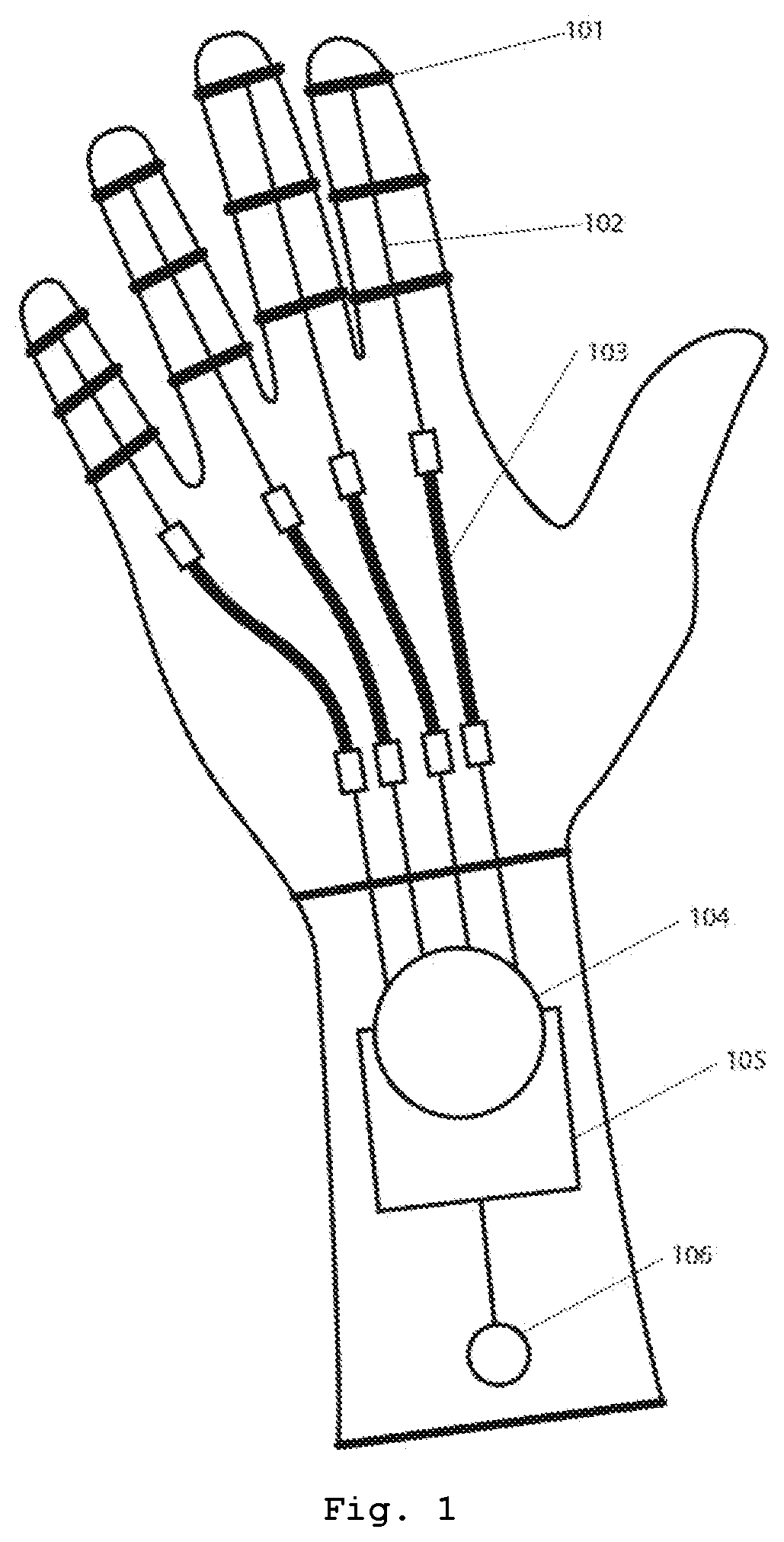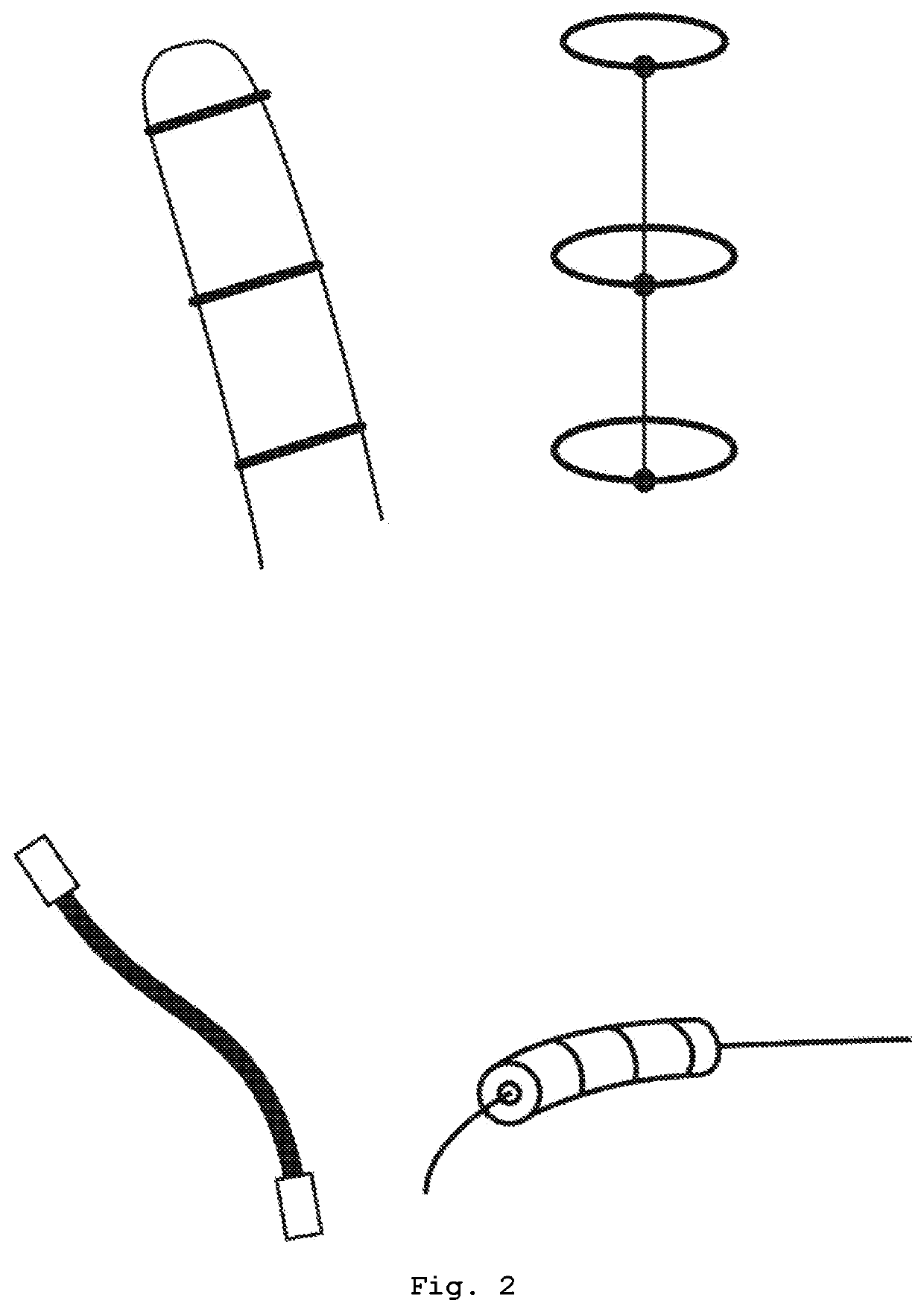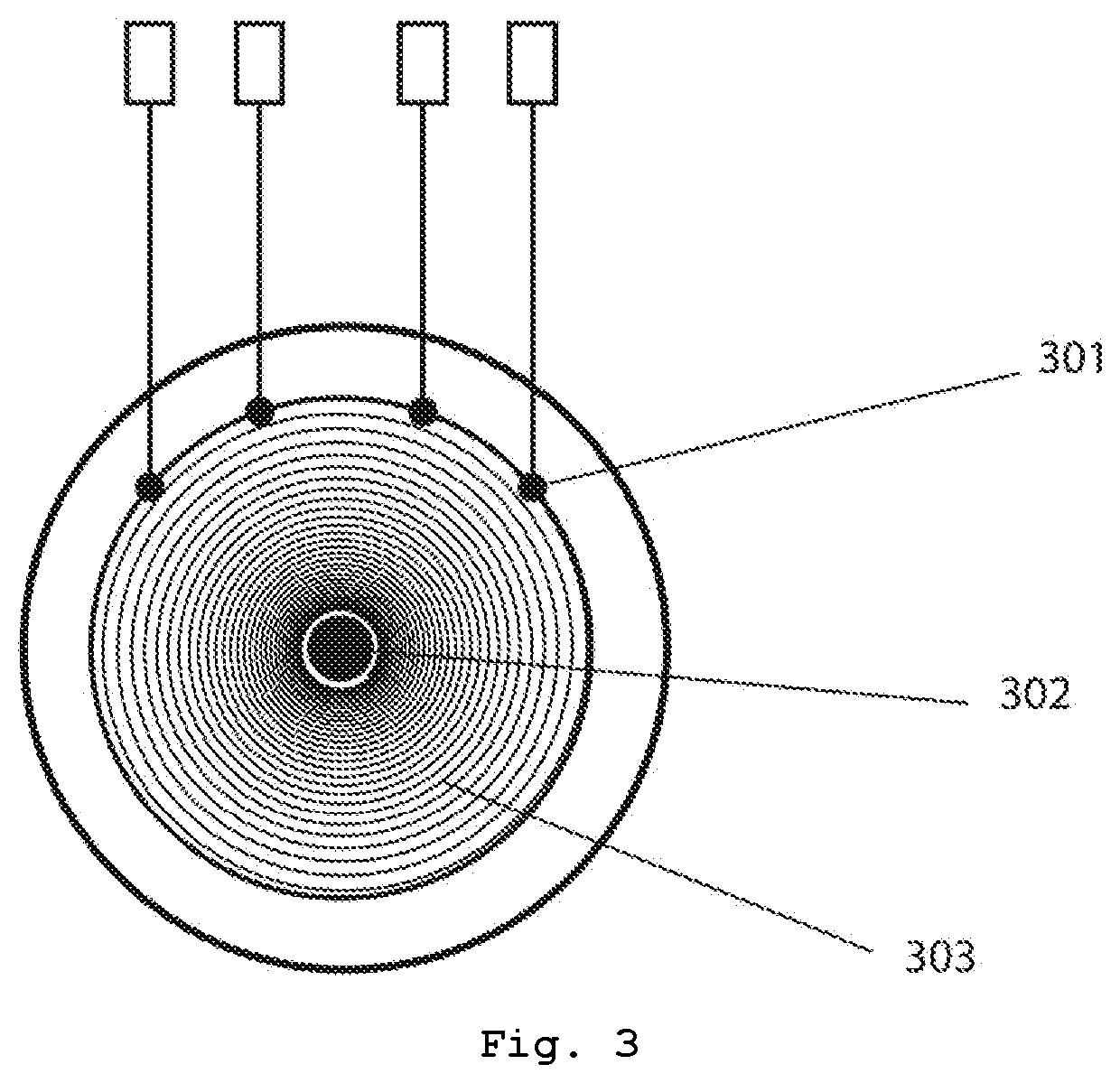Joint assistive and locking device
a technology of which is applied in the field of joint assistive devices and locking devices, can solve the problems of limiting performance, affecting the patient's hand use, and affecting the patient's hand use, and achieves the effect of reducing the weight, size and cost of the devi
- Summary
- Abstract
- Description
- Claims
- Application Information
AI Technical Summary
Benefits of technology
Problems solved by technology
Method used
Image
Examples
Embodiment Construction
[0105]Referring to the figures, some embodiments shall now be described in more detail, which are not however intended to limit the scope of the present application.
[0106]The following embodiment is particularly suitable to increase the strength with which the hand is maintained in a closed position.
[0107]In one embodiment, the present solution comprises a support structure for the user's hand and arm, wherein a glove establishes the connection between fingers and artificial tendons, one for each finger, held by the tendon supports.
[0108]These tendons may be flexible and resistant wires which cause the hand to close when the arm is stretched and they are pulled towards the body alongside the arm.
[0109]These tendons are connected to at least one tendon tensioning system located in the arm. In the simplest case, when only one tensioning system is present, all tendons are connected thereto. When one tensioning system is provided for each finger, each artificial tendon is connected to i...
PUM
 Login to View More
Login to View More Abstract
Description
Claims
Application Information
 Login to View More
Login to View More - R&D
- Intellectual Property
- Life Sciences
- Materials
- Tech Scout
- Unparalleled Data Quality
- Higher Quality Content
- 60% Fewer Hallucinations
Browse by: Latest US Patents, China's latest patents, Technical Efficacy Thesaurus, Application Domain, Technology Topic, Popular Technical Reports.
© 2025 PatSnap. All rights reserved.Legal|Privacy policy|Modern Slavery Act Transparency Statement|Sitemap|About US| Contact US: help@patsnap.com



